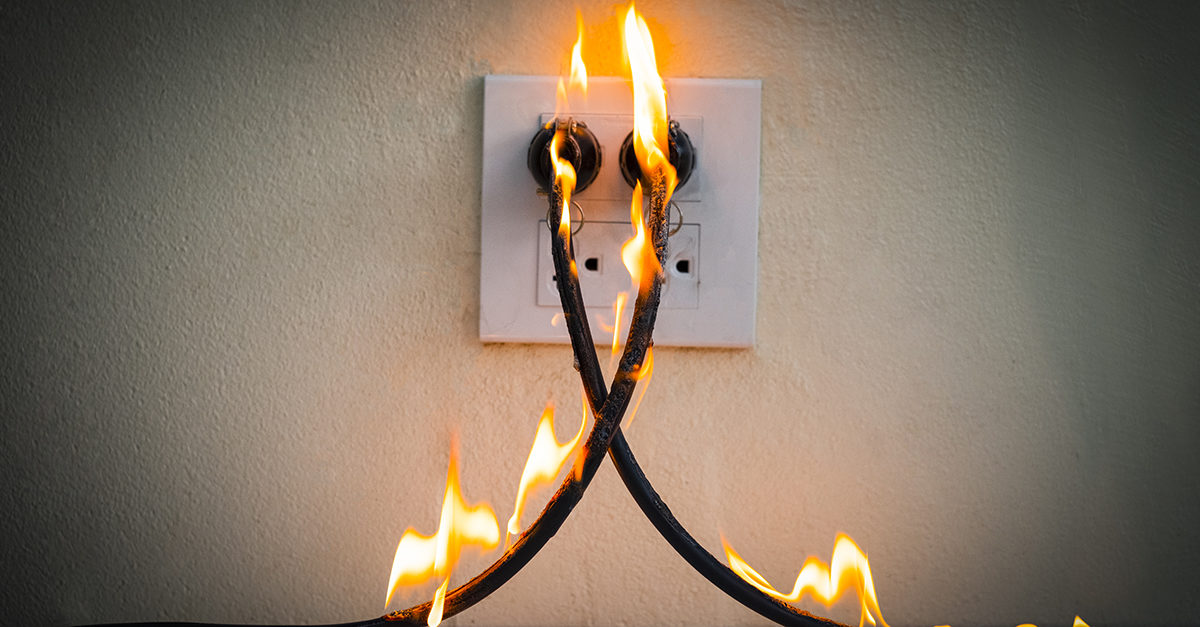Many cleaning companies and building service contractors are looking to add more services to increase profitability. One of these services is fire and smoke restoration. Industry fire and smoke restoration trainer and consultant Patrick Moffett recently told CMM what business owners and managers must consider before getting into this specialized service.
Q: Virtually all restoration companies offer water-damage removal services, but few offer fire and smoke restoration. Why is that?
A: Insurance company statistics show that for losses related to either water or fire, more than 90% of those covered claims comes from water damage, whereas less than 10% comes from fire damage. This calculation, I believe, is for heat damage from building fires, not for losses related to wildfires.
Q: What are the top-of-mind considerations and concerns you would share with someone thinking about getting into fire and smoke restoration work? What do owners and managers need to know about going to market, business decisions, staffing, and training?
A: Fire-damage restoration is more dangerous than other types of jobs; workers are exposed to toxic substances and need to work in unsafe structures. When it comes to professional fire-damage restoration, state regulations may require that a licensed general contractor complete building stabilization, roof wrap, board-up services, containment, hazardous-chemical removal, and demolition through reconstruction, including hiring subtrades.
Proper training must come before marketing. Consider taking the IICRC Odor Control Technician and Fire and Smoke Damage Restoration Technician courses, as well as courses from the Restoration Industry Association and the Indoor Air Quality Association. Together, these courses provide up-to-date information about fire-damage restoration services, chemicals, and equipment.
Beyond this training, look into additional courses in contents, which focus on the affected clothing, linens, upholstery, appliances, kitchenware, antiques, musical instruments, works of art, and collectibles. Relevant topics include contents inventory, contents processing (such as the triage of salvageable and unsalvageable total loss items), contents cleaning and deodorization, and contents storage.
Familiarize yourself with the necessary software. Learn how to use a photo document system to document the structure and contents from both a 2D and 3D perspective. Having a thorough understanding of the documentation and billing processes of your claims-estimating software is also important. I find that restorers often leave 5% or more of the justifiable billable items on the table, which means they are leaving behind 5% or more potential profit.
When you’re ready to market your services, be aware that your marketing methods will depend on geography, demographics, and other details, such as if the community has a volunteer fire department. A well-seasoned restorer will be an active member of state and local fire department associations and other organizations, including those for building management, building engineers, apartments, fire sprinkler systems, and independent adjusters. A restorer may also benefit from offering cleanup and deodorization services for firefighter turnout gear, hiring local firefighters in their off-hours, and supporting firefighter community activities.
Q: How profitable can fire and smoke restoration be for companies?
A: Based on profit margins alone, water-damage restoration is more profitable than fire and smoke restoration. Equipment rental for drying a structure has a higher percentage of profit compared with the time, labor, and material costs required for a fire loss. That said, more services are needed to restore fire-damaged structures than are needed to restore water-damaged structures, and the opportunity to provide a greater number of services can increase profit.
Q: What high-level tips or advice do you have for inspecting a fire and smoke restoration job before doing the work?
A: Restorers can easily extend themselves financially in a fire loss, but they can prevent this by establishing several contracts. One contract should cover immediate needs: building stabilization; board-up services; securing the property with lockboxes; and removing, cleaning, deodorizing, and returning essential items such as clothing, computers, and documents to the insured at a temporary location. A second contract should relate to structure and contents inventory and, when required, pack-out, cleaning, and storage. Another contract is needed for demolition of the damage, general cleanup, and deodorization. A final contract should be drawn up for reconstruction.
Restorers should remember that it’s the property owner who is the insured and therefore signs the contract with the restorer. This means that the restorer is obligated to fulfill the terms and conditions in the contract with the building owner, not a third party, such as the adjuster. That said, it is prudent to keep the adjuster in the loop and provide him or her with all the relevant documents, including work procedures, schedules for building repair, and an estimate of when the restorer will get the insured back into the home or business.
Q: As an industry trainer and consultant, what other advice would you offer anyone either new to or experienced in fire and smoke restoration?
A: Make sure to hire a good contract attorney. Have two or three environmental professionals who will respond day or night to requests to test for asbestos, lead paint, and other contaminates. Have safety specialists and an engineer on your roster who can write a scope of work to protect employees from safety hazards when they’re working in unsafe buildings. For medium and large losses, have an auditor monitor work procedures, including employee and temp timecards and material invoices.
Documentation is key; use your photo document software to record the loss before starting the work, at different phases during the work, after complete mitigation, and before reconstruction and repair. Also, have the customer and adjuster sign off on the completion of each phase of work and when there are scope of work changes that will change the billing.




